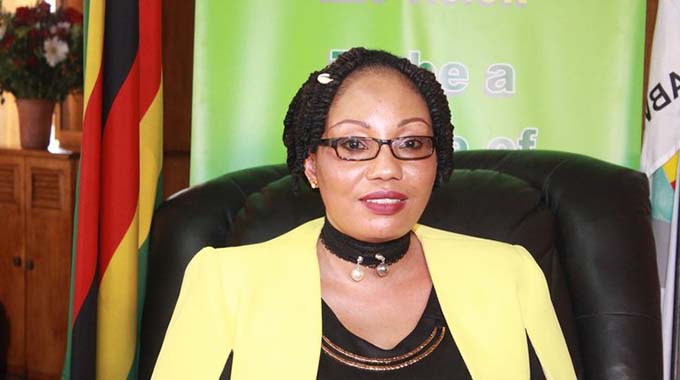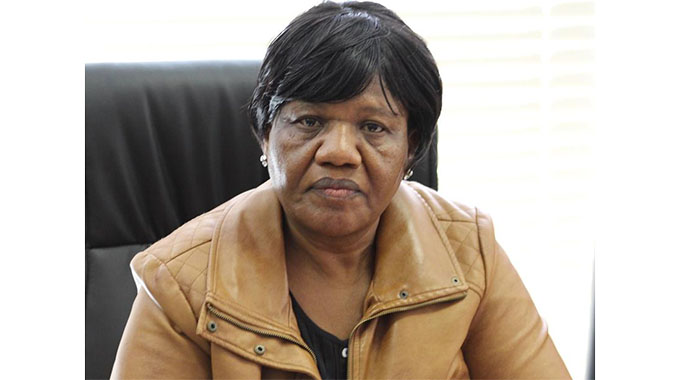EDITORIAL COMMENT: Auction, interbank rates set real exchange rate

The exchange rates generated by the weekly auctions of the Reserve Bank of Zimbabwe and the interbank rate set by the banking system have now moved into near perfect alignment to produce a single official exchange rate, set by willing sellers and willing buyers dealing through the banks.
This week’s auction saw a difference of just 1,65 percent between the marginally higher interbank rate of $295,6945 and the weighted auction average of $290,8876.
From the cut-offs on bids imposed by the Reserve Bank over the last two auctions we can assume this was intended. The auction rate is now well within the bid-offer margin set by the banking system.
This means that Zimbabwe has joined the overwhelming majority of countries in having exchange rates set by trading within the banking system, with minimal or no external intervention by the central banks, where banks align the amount of currency being sold by sellers with the amount desired by buyers and so generate the exchange rate.
The authorities introduced the pure dealing between willing sellers and willing buyers within the banking system at the beginning of April, with a very modest limit of US$1 000 a day in trades to see how it worked.
It worked well and in the first five weeks banks bought marginally more foreign currency than they sold.
We have seen what passes for a high level of stability all things considered with the interbank rate rising just 2,9 percent in the week to last week’s auction and 3,8 percent in the week between the auctions last week and this week.
After the expected jumpiness in the interbank rate, it quickly settled down and so on May 7 when President Mnangagwa announced a range of measures designed to limit black market dealings by limiting the liquidity available for these, the longer-term objective of upgrading the interbank rate into the official rate was made.
Wholesalers and retailers were allowed to use that rate when setting their “till” rates, with a small margin that took into account the maximum likely gap between the time they took the foreign cash and the time they spent it. Tax payments were also adjusted to the interbank rate. Shortly afterwards Zesa was permitted to revert to its US dollar tariffs set in 2018 and convert at this interbank rate into Zimbabwe dollars when selling tokens or accepting payment on its invoices.
Generally speaking it became clear that the interbank rate was to be regarded as the “real” rate.
At the same May 7 announcement the trading limit within banks was raised five-fold to US$5 000 a day. From the opening of banks the following week the Reserve Bank started issuing a detailed file each business day showing 40 currencies with the bid, ask and mid-rates in both US dollars and Zimbabwe dollars, so everyone was aware of what the banking system was generating for any conceivable currency used in business dealings.
It must be stressed that while the interbank market is fairly modest, the rate it sets is now used for a lot of other dealings outside the market, and the obvious intention is that it will be accepted as the rate for all pricing and other requirements, replacing the black market rates that have been used illegally by far too many.
It must also be stressed that this interbank rate is basically independent of the authorities. They can set the limits and the rules, but the banks, most of which are privately owned, generate the exchange rate on what willing sellers are offering and what willing buyers want.
The next step was to bring the auction rate into alignment with the interbank rate. That started last week when most bids that were quite legal, quite honest and followed all the rules were still rejected for being too low.
This produced a weighted average just 10 percent below that day’s interbank rate although only US$6,84 million was allotted as a result, instead of the normal US$25 million to US$30 million.
The jump of just under 50 percent in the auction rate as near alignment was implemented shook most bidders, but the message went home. This week only a minority of ultra-low bidders seeking a bargain were rejected, with the lowest allotted bid being $280 and so close to last week’s interbank rate, and allotments went back up to the expected level of US$25,05 million.
With the new May 7 rules that allotments must match the currency available to avoid future backlogs that sum was in the range expected.
The auctions have now moved away from setting the official rate and have instead become the way that larger users of foreign currency in the productive sectors can obtain more than their US$5 000 a day allowed in the banking sector.
Auction rules can be tighter than interbank rules, especially over what the foreign currency can be spent on, but it must be remembered that banks cannot just give a buyer a pile of US$100 notes, but instead pay foreign currency invoices presented by buyers.
Bidders appear to be realising this conceptual change in the auctions, both the alignment with the interbank rates and the determination to maintain that alignment.
The percentage range at the beginning of the month between the maximum valid bid on the main auction and the minimum bid allotted was just below 30 percent.
That rose to 35 percent last week despite the much higher cut-off, but then slumped to 18,6 percent this week and is likely to go down more.
Banks, being banks and in the business of making money, still want their 8.4 percent profit and operating margin between their bid and ask rates and that, for different reasons, is likely to be reflected in auction bidding over time.
The black market still exists, but now revolves around taking a modest percentage of diaspora remittances and selling to people who want to buy fuel, fill their gas tanks, pay off doctors and hospitals insisting on US dollars and buying local bank notes for Zupco fares.
The rates are not set so much by supply and demand, but more by what dealers reckon they can get away with taking into account their huge margins of up to 50 percent between what they pay for US dollars and what they charge for the same notes. This individualism explains the variation in rates in any one day.
But the banks have already taken away almost all the legitimate business dealings and even the daily limit of US$5 000 is far above what almost all black market dealers can handle.
So the black market is now dealing in the little sums and is likely to continue declining since manipulators have had their liquidity sharply constrained. It will always exist for those who want to stack US$100 notes in a trunk for robbers to steal before they take it out of the country, and for people like drug dealers, but is becoming less important for setting rates.
The alignment of auction and interbank rates is now producing what economists would call a realistic market-related rate.
This should not produce any more price surprises, since the opportunity was taken to open the legitimate markets more fully after many producers and importers had shoved prices right up with the black market explosion over the past few weeks.
We have absorbed the shock and now are locking in proper rates generated by willing sellers and willing buyers in an independent market run by the banks.











Comments